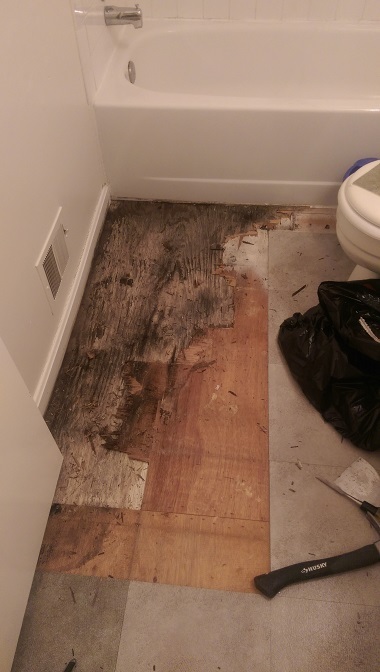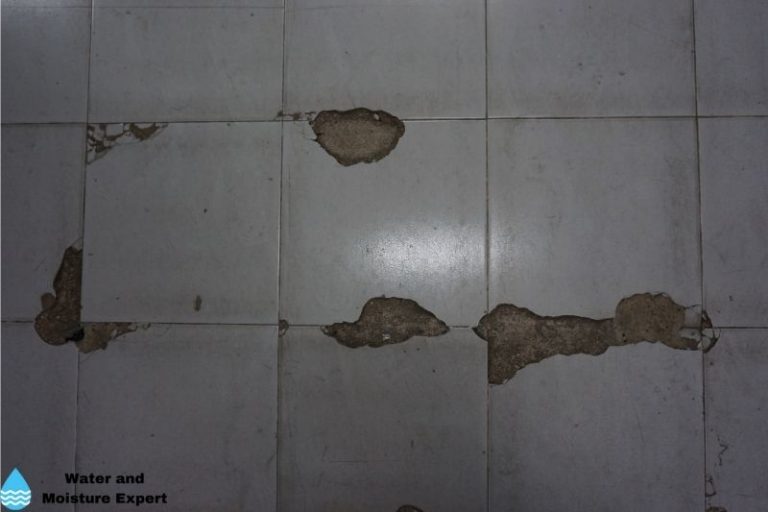Just how to Fix And Prevent Bathroom Water Damage
Just how to Fix And Prevent Bathroom Water Damage
Blog Article
The writer is making several great pointers regarding How to Repair and Prevent Bathroom Water Damage as a whole in this content following next.

The restroom is exceptionally vulnerable for moist build-up and also potential water damages as a result of the frequent use of water in it. This post offers easy assessment methods to aid spotting water damage dangers.
The constant use of water in the restroom makes it very prone for wet accumulation and prospective water damages. By evaluating it regularly, you can reduce water associated damages.
The complying with collection of examinations is very easy to execute and also need to be done as soon as in every 3 months in order to keep your washroom healthy and to prevent potential water damages triggered by the tub, the shower, pipe joints as well as plumbing, sinks, cupboards, as well as the bathroom
Do not disregard executing these examinations and also be detailed while executing them. Keep in mind that these simple inspections can save you a great deal of cash by giving very early signs for water damages
Bath tub and also Shower
The shower as well as tub need special attention and maintenance. Check the floor tiles and also change if split. Make certain that there is no missing out on grout between the tiles. Inspect and also change split caulking at joints where the wall surfaces satisfy the floor or the bathtub. Obstructed drains pipes as well as pipes problems will protect against the bath tub from drying out as well as may show significant issues below the bathtub. Consult with a specialist promptly to avoid structural damages. Take notice of stainings or soft areas around the bath tub wall surfaces as they may indicate an inner leakage.
Plumbing
Signs for water damage are tough to find considering that many pipelines are mounted inside the walls.
Pay unique focus to flooring and also wall surfaces moisture and also spots as they may show an undetectable plumbing issue. Examine wetness levels in adjacent rooms too.
Sinks as well as Cabinets
Sinks and closets are exposed to dampness as well as humidity everyday and also are often forgotten. Inspect consistently under the sink and on the kitchen counter above it. Fix any type of drip in the catch as it may recommend drain troubles. Look around the sink, slow-moving draining pipes might indicate an obstructed drain. Change sink seals if they are cracked or loosened.
The Toilet
The bathroom is a vulnerable water joint. Examine the water lines and look for leaks around the bathroom seat, in the hose, as well as under the water container. If you discover any kind of indications of dampness on the floor around the bathroom, look for leaks in the toilet edge and also storage tank seals.
Realize that hanging toilet bowl antiperspirants boosts the chances for obstructions.
Water Damage Signs In The Bathroom To Avoid Cleanup
Musty smell
This is one of the easiest signs to catch because musty smells are so odorous. The damp, earthy, moldy smell should be a big red flag. The smell will develop when moisture gets trapped in surfaces, and begins to facilitate mold growth. Leaking pipes under cabinets, inside walls, and behind shower fixtures will cause moisture to stay trapped and not dry, which will lead to mold growth and spread. As soon as you notice any musty smells in your bathroom, have it checked for hidden water damage and cleanup signs.
Visible mold
If the smell isn’t there to give it away, sometimes you will actually see mold growth. Finding mold in your bathroom is a serious problem, because mold is very harmful to your health. By the time mold growth is visible, it also means that water damage has already occurred and been present for some time. The only way the mold problem can be resolved is to find the source of the moisture and get it stopped. To safely and adequately remove mold, you need to have professionals handle the remediation. Do not waste any time in getting mold problems addressed, fixed, and sanitized so that you can protect you and your family from the many respiratory symptoms caused by mold exposure.
Damaged floors
Bathroom floors should be able to withstand some exposure to water while still remaining in good condition. However, when excess exposure or water leaks occur, they will begin to damage even the most water-resistant flooring. If you notice any cracking, bubbling, staining, or warping on your bathroom floors, there is probably a water leak somewhere causing the distortion. If you notice areas of the floor have become softer, or even have a spongy feeling, there is probably damage to the subfloor. Subflooring is typically made up of plywood. When plywood is exposed to water or moisture, it will absorb it. Once it has become saturated, the weight of the excess water will cause the wood to swell and soften. Check the floors in your bathroom frequently to catch any of these sings before they lead to damaged subflooring.
Changes on walls
When water leaks behind walls, it will cause changes in the drywall. Peeling plaster, blistering paint, and soggy wallpaper are all good indicators that excess water is building up behind the wall. Water leaking behind drywall will cause it to swell and be soft to the tough. If you start to notice gaps along the trim of your walls, or where tile meets the wall, it could also be a strong indicator that there is a leak behind the wall. Any changes, distortion, or damage on the walls should be evaluated as soon as you notice it to prevent further water damage and cleanup.

We were brought to that write-up on Looking for Signs of Water Damage in the Bathroom from someone on another web blog. You should take a moment to distribute this blog if you enjoyed it. I am grateful for your time. Visit again soon.
Visit The Following Page Report this page